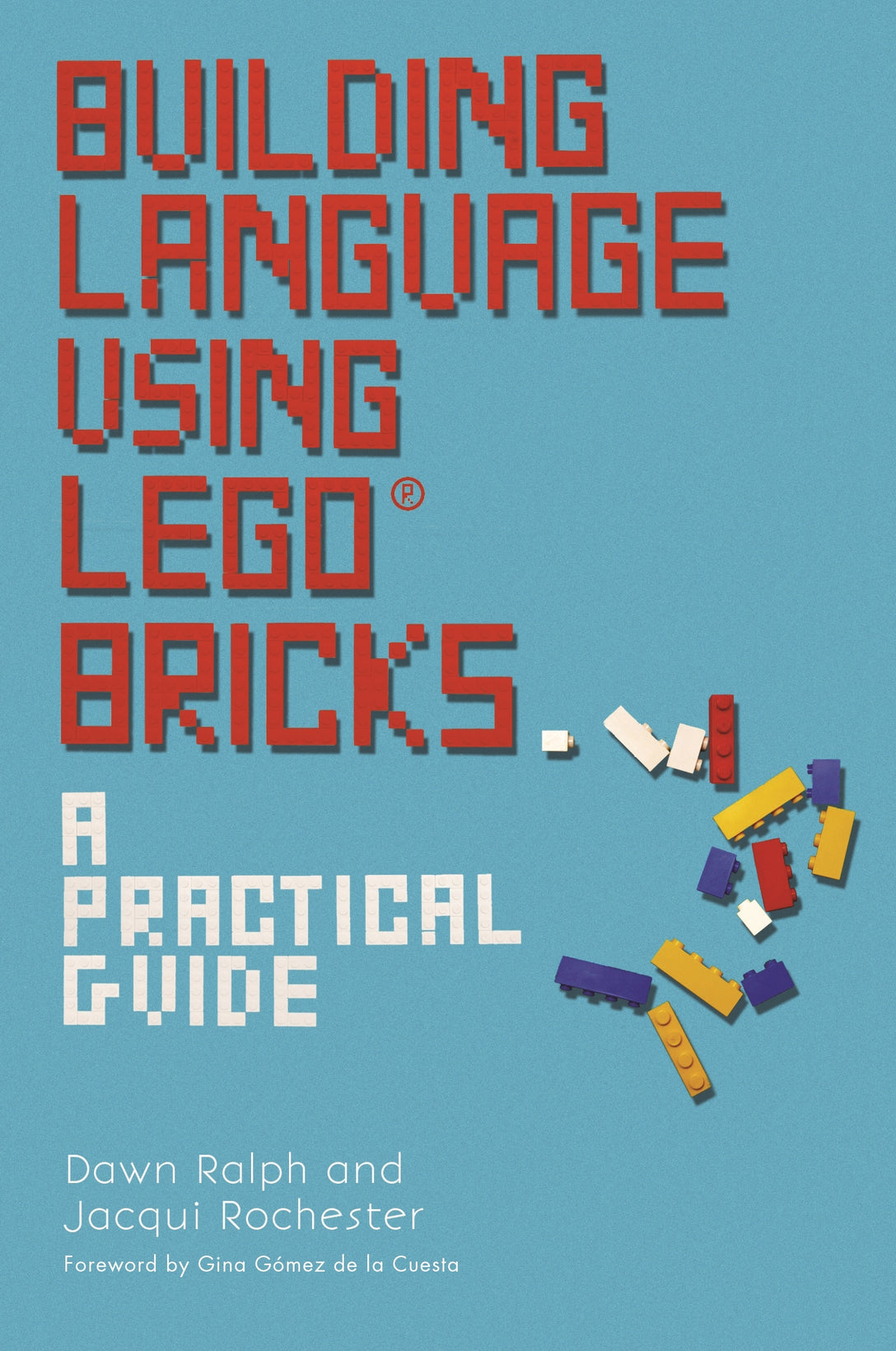
Press Reviews
Daniel B. LeGoff, paediatric, neuropsychologist, and originator of LEGO®-Based Therapy
It was a pleasure and an honor to read Dawn Ralph and Jacqui Rochester's guidebook for language development using LEGO® materials. The work is an extension and expansion of the LEGO®-based therapy approach that has been previously published by my colleagues and me. That work focused on social development strategies using LEGO®, which necessarily involved an emphasis on effective communication. Ralph and Rochester have taken that emphasis a step further, and have focused in particular on the language-based aspects of the LEGO® therapy process - the receptive and expressive components of functional and social communication that are emphasized by the joint, collaborative LEGO®-building process. They have also shown how the method can be utilized with children with cognitive and language-based disabilities who were not included in the original LEGO®-based therapy trials. Ralph and Rochester's work is clearly and succinctly written, well-researched, but not mired down in theory or the minutiae of research literature. It is, therefore, a very pragmatic, commonsense, and yet evidence-based methodology, accessible to anyone in the helping professions who has an interest in improving functional and social communication in children with language-based disabilities. It is a special pleasure for me to read this pragmatic and well-considered manuscript. When I first started doing LEGO®-based therapy groups in the later 1990's, there was very little literature available on effective interventions, and none of my colleagues were aware of LEGO® as a potential therapy tool. It was really only Tony Attwood, and Robert and Lynn Koegel who were supportive of this type of approach - using naturally-reinforcing content and materials, and utilizing peers to help shape social development. Later, I was also encouraged by Fred Volkmar's kind words about my first published study. He said the method showed promise. In that first paper, I invited other clinicians and researchers to consider utilizing the LEGO® materials, and to try variations of the method I was using, with different populations, etc. Since that time, there have been other publications based on the original method, but this is the first real modification and extension of the LEGO®-based therapy method. So, twelve years later, the manuscript by Ralph and Rochester, does show evidence that the original approach can be modified and generalized, and provides a long-awaited response to my invitation. I will pass along the encouraging words that I received from the venerable Dr. Volkmar: this work of Ralph and Rochester certainly shows promise. I hope it catches on.
Karen Sullivan, founder of Autism Puzzles
Building Language Using LEGO™ Bricks is a fantastic approach, and the book did not disappoint. The language used throughout is accessible, yet extremely detailed, making it a book for parents and professionals alike. I have been lucky enough to attend the course run by Dawn and Jacqui, and their personalities shone through as I read the book; it's the perfect companion to the training Dawn and Jacqui provide, and is a must have for anyone who is interested in using LEGO™ as a tool to deliver language therapy.
Gina Davies, Speech and Language Therapist, Autism Specialist
This book is organised, easy to read and gives clear instructions about how to set up and run a session with children interested in LEGO™ and construction. The intervention has been adapted and developed using the technique hands-on with the children, and it shows. Practical guidance and an engaging activity make the intervention do-able!
